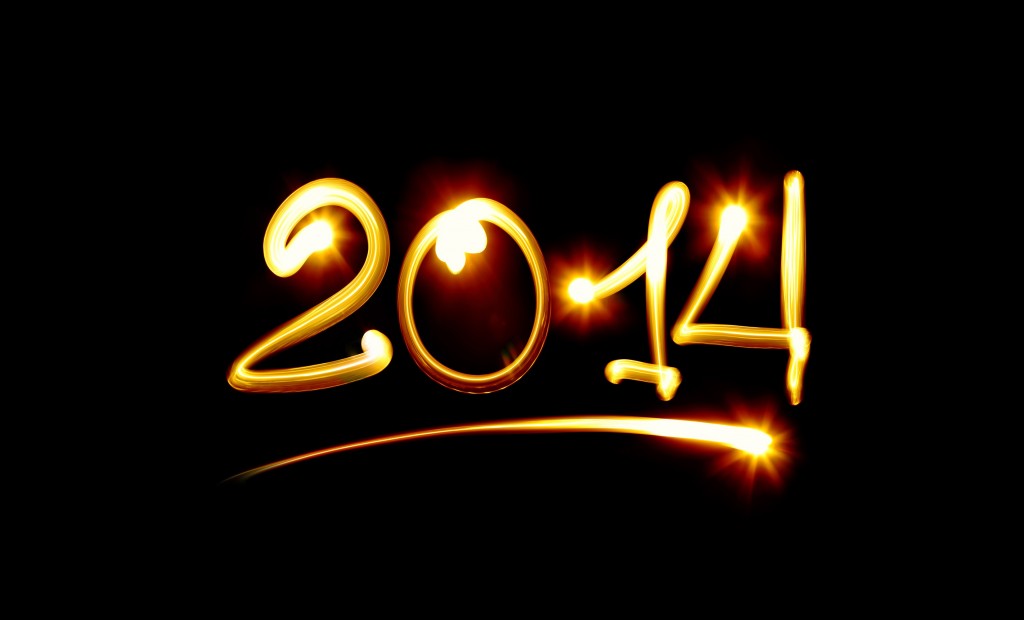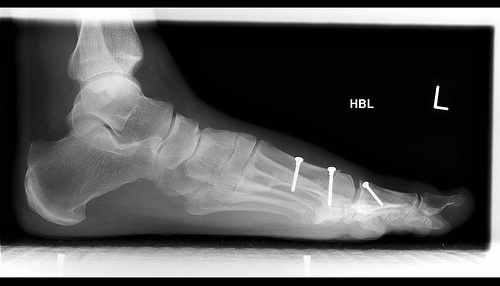Scot McKnight made an interesting observation this week:
But the Abelardian and Girardian have an oft-missed sinister side, even if you may object to my saying so. In these theories we side with Christ and God and not those who put him to death. We end up being the good guys, the victims, while the bad guys — Roman and Jewish leaders, the gutless disciples, the whole damned human race — are the ones who put him there. We, on the other hand, know better. We’re innocent, they’re guilty.
Being that I’m writing a book on the atonement, this caught my eye. I’ve got chapters in the book on both the moral exemplar theory (Abelard) and the last scapegoat theory (Girard).
Scot is right, and wrong.
The mistake I’m afraid he makes is too much of a cursory reading of those two atonement theories. When you read either Abelard or Girard, they both actually play pretty heavily on human guilt. Abelard is a man of his time — the late middle ages — and he’s not shy in talking about human culpability, even original sin (gasp!).
And Girard is actually quite brutal when it comes to the contagion of rivalry, which is his version of sin. In fact, for Girard, it is very much us who nailed Jesus to the cross.
Where Scot is right, I think, is the way that many people use these two theories to get out from under the heavy, crushing weight of guilt in the Anselmian/substitutionary versions of the atonement.
I can tell you this much about my book: I won’t be joining the current trend of casting the cross as a “non-violent atonement.” The atonement is unavoidably violent.
And the main question I’m asking is not whether you or I are on the side of the victim or the oppressor — we’re both, as Moltmann makes clear better than anyone. Instead, I’m trying to figure answer this question: Where the hell was God when Jesus died?
Because that’s the question that Jesus was asking.











